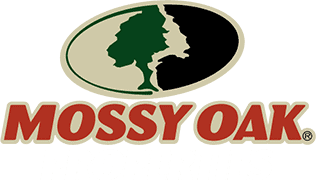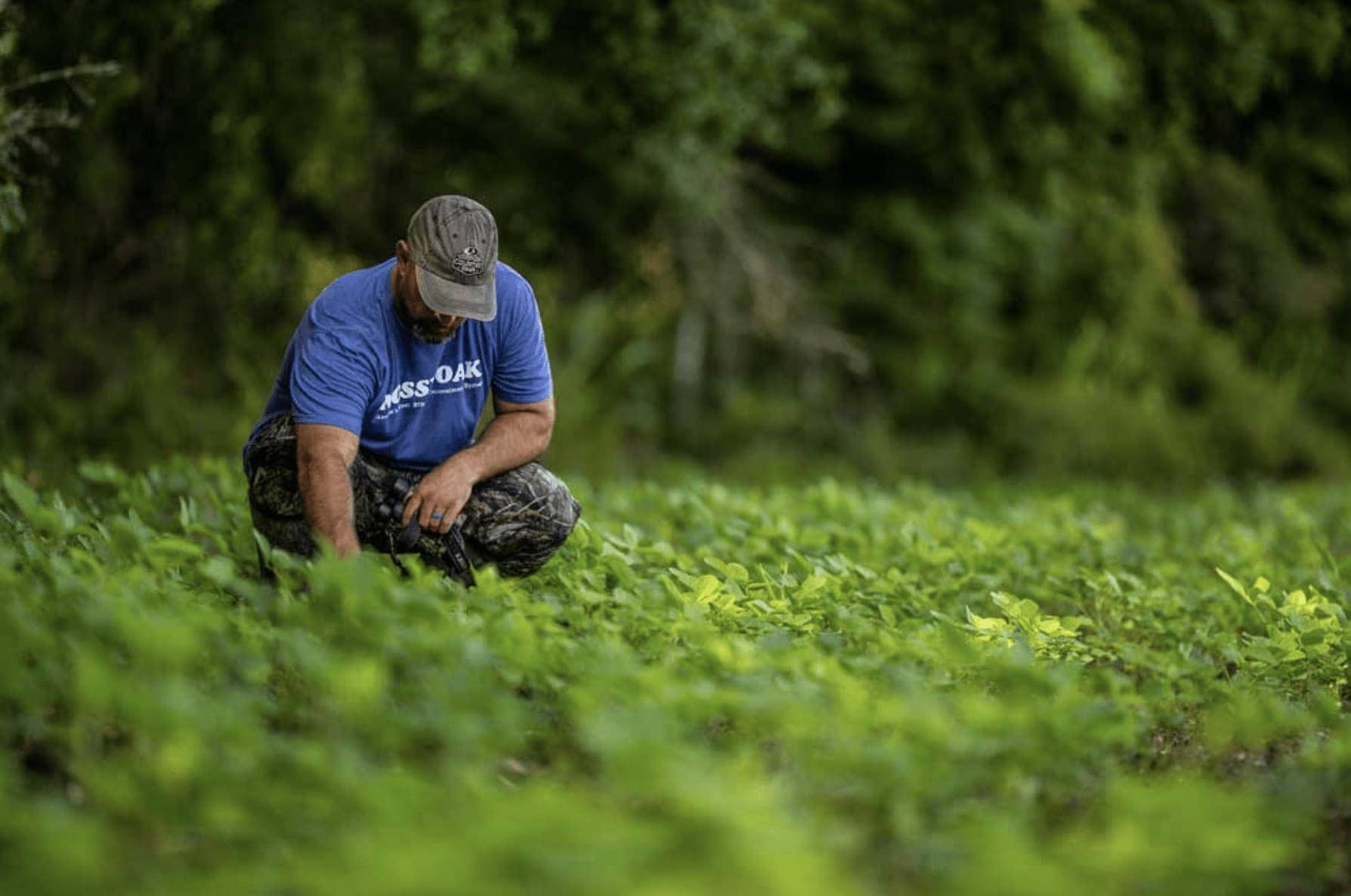Most land owners struggle with food plot timing. Many plots fail simply because seeds go into the ground at the wrong time. Success depends on understanding your specific region, local weather patterns, soil conditions, and crop selection. Planting at the right moment makes all the difference between lush, wildlife packed plots and sparse, patchy disappointments.
Food plots serve multiple purposes beyond basic deer attraction during hunting season. They provide critical nutrition during seasonal stress periods, support antler development, and create year-round wildlife observation opportunities. Planting windows directly impact wildlife behavior and your land value. Getting the timing right transforms ordinary property into premium hunting land that delivers consistent results through every season.
Why Timing Matters for Food Plots
Planting at the right time creates the foundation for successful food plots that grow well and attract wildlife. Every plant species has its own ideal growing conditions, particularly regarding temperature and moisture. When these conditions align with your planting date, seeds germinate properly and establish strong root systems before facing seasonal challenges.
The natural cycles of your local environment dictate the best planting windows. Poor timing often leads to disappointing results, with plants either struggling to establish themselves or failing to mature before unfavorable weather conditions arise. Understanding your regional growing conditions and matching them to your chosen crops makes the difference between thriving food plots and wasted effort.
Seasonal Planting Windows
Understanding the best planting times throughout the year helps you plan your food plot strategy. Each season offers different advantages and challenges for food plot establishment and growth.
Spring Planting (March-May)
Spring offers warm soil temperatures and plenty of moisture in most regions, making it a good time for many perennial plants and some annuals. This season works well for establishing perennials like clover and chicory, along with warm-season annuals such as soybeans and sunflowers. Spring plots provide summer nutrition when natural food may be limited and give plants plenty of growing time before fall.
Summer Planting (June-August)
Summer planting works well for fall food plots that target hunting season. Late summer allows time for plants to establish before first frost while taking advantage of late summer rainfall patterns. This timing creates plots that reach peak attraction during hunting season, with brassicas, turnips, radishes, and winter grains performing particularly well when planted during this window.
Fall Planting (September-November)
Fall planting focuses on cool-season crops that tolerate or even prefer cooler temperatures. This season suits cereal grains like wheat, oats, and rye, along with winter-hardy brassicas and certain clovers. Fall-planted crops establish before winter dormancy and provide food sources through winter when natural options decrease, with many resuming growth in early spring for extended wildlife benefit.
Regional Planting Guidelines
Food plot timing varies significantly based on your location. The same crop planted at the same time might thrive in one region but fail in another due to climate differences.
Northern Regions (Upper Midwest, Northeast, Northern Plains)
Northern regions have shorter growing seasons with earlier frosts in fall and later last frosts in spring. This compressed growing window requires careful timing.
- Spring planting: Mid-May to early June after last frost
- Fall planting: Late July to early September
- First fall frosts typically arrive in September or early October
- Plant cool-season crops earlier than southern regions
- Focus on frost-hardy varieties that tolerate cold temperatures
Transitional Regions (Mid-Atlantic, Lower Midwest, Parts of Northwest)
These regions have moderate growing seasons with more flexibility in planting times. They balance between northern and southern planting windows.
- Spring planting: Late April to late May
- Fall planting: Mid-August to late September
- Moderate winter temperatures allow for wider variety of plantings
- Possible to have two growing seasons between spring and fall.
- Pay attention to summer drought periods that may affect establishment
Southern Regions (Southeast, Southwest, Gulf States)
Southern regions have longer growing seasons with milder winters but often hotter, more challenging summers. This creates unique planting opportunities.
- Spring planting: March to early May
- Fall planting: September to October
- Longer growing season allows for multiple plantings
- Summer heat may limit mid-summer planting success
- Fall plots often perform best due to milder winter conditions
- Cool-season crops can be planted later than northern regions
Choosing Crops for Your Planting Season
Matching crops to the appropriate planting season dramatically improves your chances of success. Plants thrive when grown during their preferred conditions, leading to stronger establishment, better yields, and more wildlife attraction.
Cool-Season Crops
Cool-season crops perform best when temperatures stay between 40-70°F. These plants typically go into the ground during late summer through fall or very early spring depending on your region. Popular options include brassicas like turnips and radishes, cereal grains such as wheat and oats, various clovers, winter peas, and chicory.
Warm-Season Crops
Warm-season plants require soil temperatures above 60°F and daytime temperatures between 70-90°F. Plant these crops after spring frost danger passes and soil has warmed sufficiently. Effective choices include soybeans for their high protein, corn for energy and cover, sunflowers for seed production, heat-tolerant legumes like cowpeas, and grasses such as sorghum and millet.
Soil Preparation for Optimal Timing
Soil testing should be conducted 4-6 weeks prior to your intended planting date. This gives you time to make necessary amendments like adding lime to adjust pH or incorporating fertilizers. Most food plot plants perform best in soil with a pH between 6.0 and 7.0. Testing soil pH and nutrient levels before planting provides crucial information about what the soil needs.
You may need to apply lime several months before planting if pH adjustments are necessary for proper plant growth. Clearing existing vegetation through mowing, tilling, or herbicide application prevents competition with your new seedlings, allowing them to thrive. Creating a proper seedbed by breaking up soil clumps improves seed-to-soil contact for better germination rates. Planning your planting just before expected rainfall gives seeds natural irrigation for establishment. Checking soil temperature with a soil thermometer at a 2-inch depth confirms the ground is ready for your selected crop type.
Common Timing Mistakes to Avoid
Many food plot failures trace back to improper timing. Learning from these common mistakes helps you avoid wasted effort and disappointing results on your Land For Sale or existing property.
- Planting by calendar date instead of soil conditions
- Not accounting for regional climate differences
- Ignoring frost dates when planning spring or fall plots
- Planting during drought conditions without irrigation
- Using the wrong seed varieties for your planting window
- Not allowing enough growing time before hunting season
- Skipping soil tests and preparation steps
- Planting warm-season crops when the soil is too cold
- Waiting too long to plant fall plots, limiting the time for establishment


